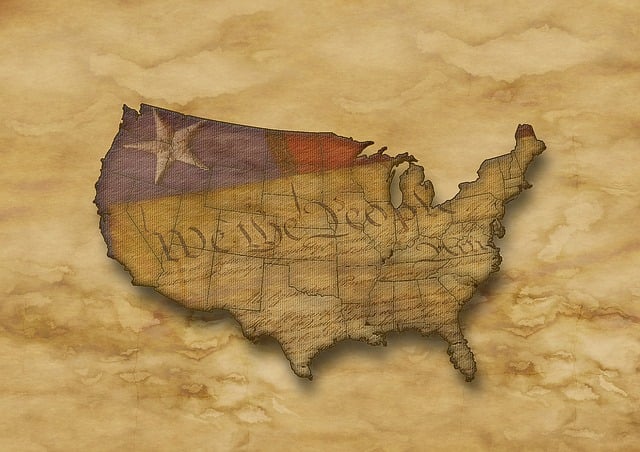
Another Preliminary Injunction in OMB Memorandum (M-25-13) Litigation
03.12.2025 | Linda J. Rosenthal, JD

It was ten years ago, in one of the earliest FPLG blog posts, that we first lamented the never-ending election cycle in the U.S. which “… seems to begin the morning after the last election ….” See It’s That Time of Year Again (August (1, 2014).
“With each passing week, the airwaves become more and more saturated with annoying political ads, culminating in the non-stop coverage in early November. And everyone has an opinion.”
It’s quite awful all around. What’s important to remember, though, is that “… a 501(c)(3) organization isn’t allowed to express an opinion taking a position one way or another on a candidate for elective office – or otherwise participate in certain types of so-called ‘electioneering’ activities.”
The consequences are worrisome and dangerous: An organization “…may lose its tax exemption and or, at the least, be liable (along with its officers and directors) for large penalty-type excise taxes.”
While it’s certainly tempting (and advisable!) to steer clear of these hazards, each succeeding election has become ever more consequential – and increasingly nuttier: “We in the philanthropic community are – along with the rest of the nation – deep in the muck of perhaps the most bizarre election season in recent memory.” That was how we opened a post on this topic eight years ago! See The Political Ban in 501(c)(3): Its Odd History (June 23, 2016).
Then in 2020, we wrote: “… Ahh … the good old days when we were merely in Bizarro World and not entirely through and beyond The Twilight Zone. Now, four years later, we more fully understood the warning that ‘elections have consequences.’ The urge to take action and take sides is acute. But for 501(c)(3) organizations, navigating the politics-ban tightrope has always been full of risks.” See The Political Ban: A Timely Recap for 501(c)(3)s, Part One (March 3, 2020).
Two years later, in 2022, we wrote It’s Going To Be A Bumpy Ride Until Election Day (July 18, 2022) just a few weeks after the Supreme Court issued its landmark Dobbs decision. “For the nation’s 501(c)(3) organizations, that means steering clear of the Johnson Amendment from one election day to the next. In the early weeks and months, that may be relatively easy, driving through occasional twists and turns. But inch closer to what is (this time, quite accurately) ‘the most important election of our lifetimes,’ and the terrain grows more treacherous.”
“Imagine,” we explained,” one of those impossibly narrow roadways in a remote mountain region, winding up a craggy hill side.” (The image accompanying this post is from a travel article showing the six most “spine-chilling roads” in Uttarakhand in northwestern India.) We added: “There are many razor-sharp turns but few guardrails. Most dangerous, though, are slides of rock or snow…. And so it was, at the end of the U.S. Supreme Court’s term, that the high-court majority triggered avalanches: day after day until June 2022 dissolved into their Summer Recess.”
The Johnson Amendment (so-called because it was an eleventh-hour maneuver, without debate or discussion, just ahead of a vote on the massive 1954 overhaul of the federal tax code, by then Senate Minority Leader Lyndon B. Johnson) isn’t going anywhere, despite persistent rumors to the contrary. See The Political Ban in 501(c)(3): Its Odd History (June 23, 2016).
It comprises just 31 words: a sentence fragment tacked onto the tail end of (the also succinct 130 words of) section 501(c)(3) of the Internal Revenue Code. There is no legislative history at all.
For over seven decades – indeed, well before the craziness of our current political reality – it’s been a perplexing and harrowing journey for all concerned.
So we’ll take our more than 20 posts from 2014 on and distill them down into more manageable – bite-sized – reviews and updates. Stay tuned.
— Linda J. Rosenthal, J.D., FPLG Information & Research Director
